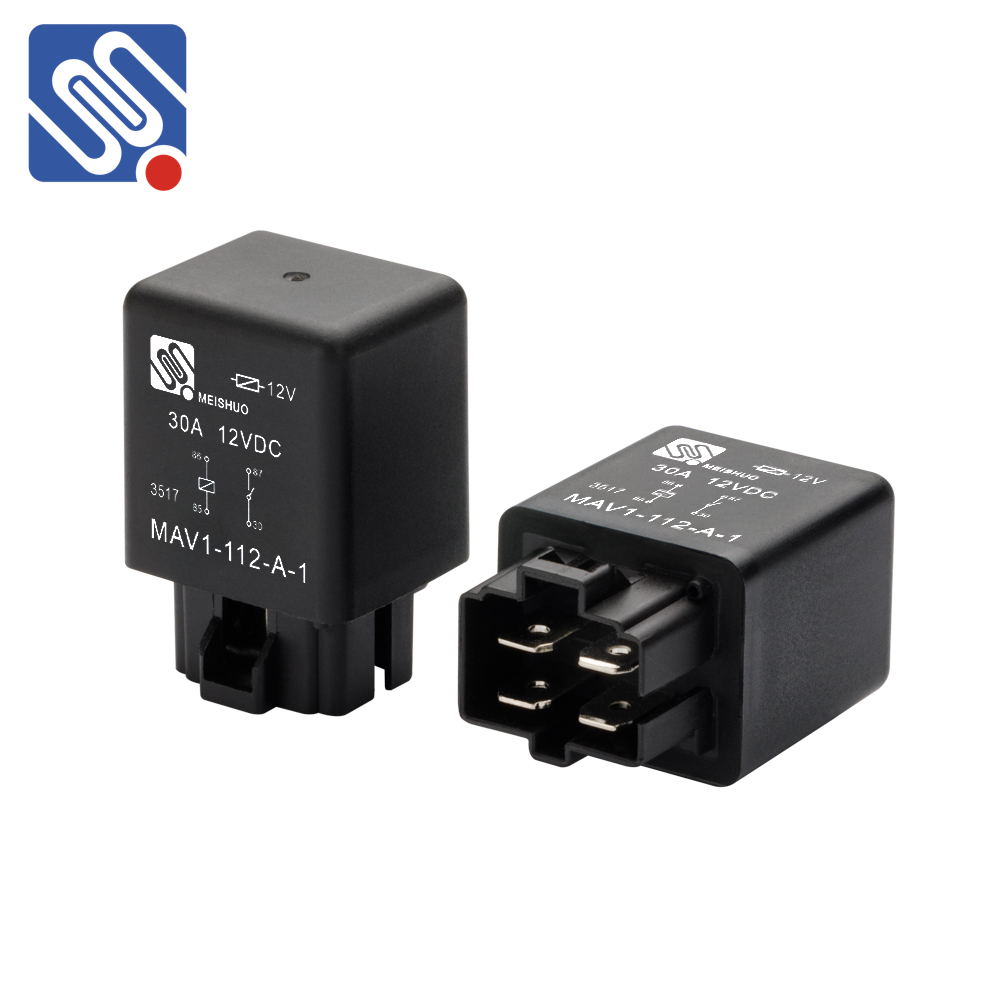Relays are essential components in modern electrical and electronic systems, acting as electrical switches that allow one circuit to control another. These devices play a critical role in industries ranging from telecommunications to automotive and industrial control systems. Understanding the specifications of relays is vital for selecting the right type for a given application. This article will compare different relay specifications, highlighting key factors that affect performance, reliability, and compatibility in various systems.

Coil Voltage and Current Ratings One of the first specifications to consider when comparing relays is the coil voltage. The coil voltage refers to the voltage required to activate the relay. It can vary depending on the design of the relay, with common values including 5V, 12V, and 24V for low-power applications, and 48V or 120V for industrial systems. The coil current rating is equally important because it dictates how much current the coil will draw when energized. Ensuring that the relay is compatible with the available voltage and current in the system is crucial for preventing damage to the circuit or the relay itself.